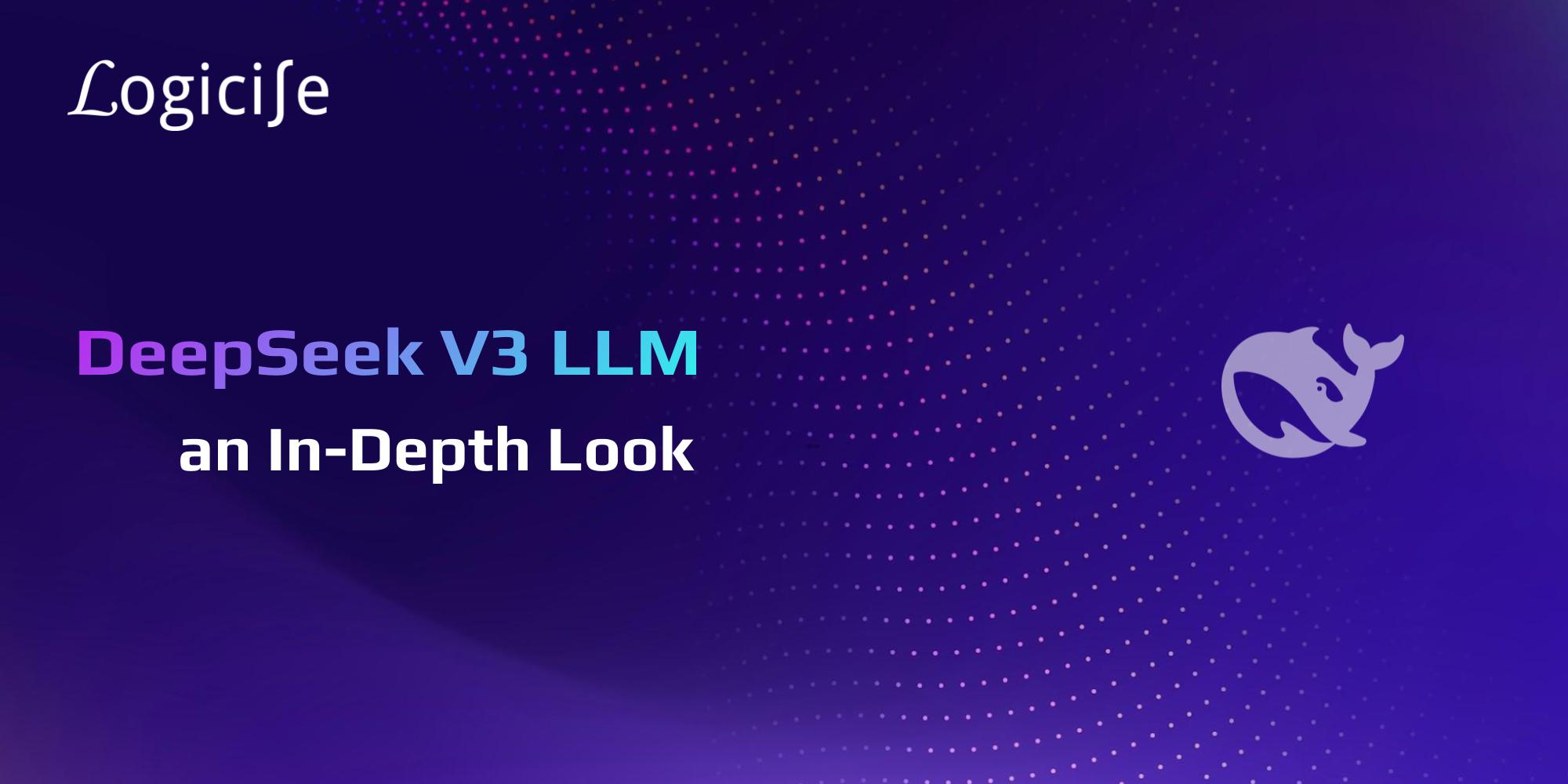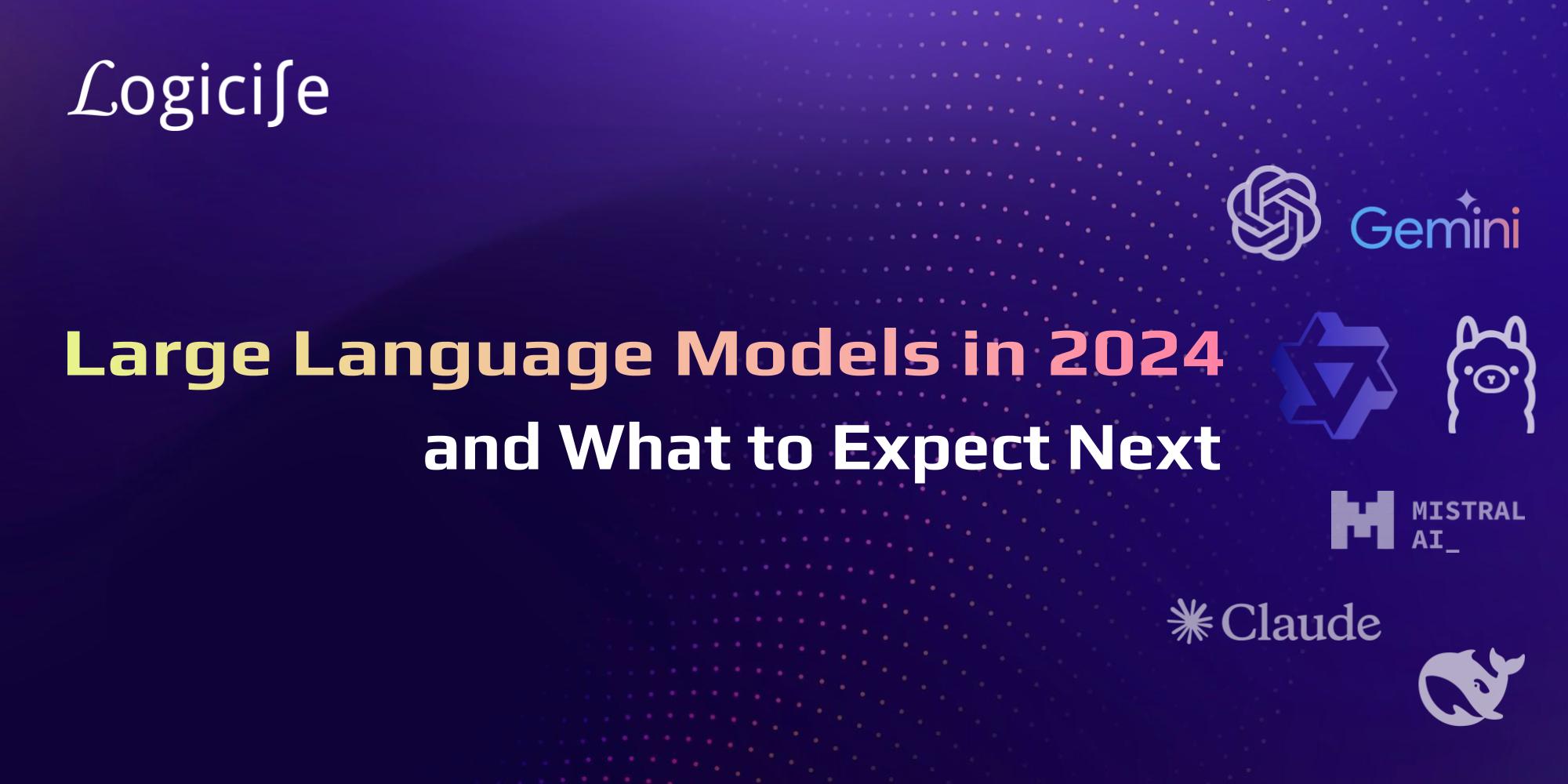
History of Foundation Models and Large Language Models
Recent progress in Natural Language Processing (NLP), and even more broadly in Artificial Intelligence (AI), is propelled by Large Language Models (LLMs) and Foundation Models (FMs). To get a glimpse of why these two concepts are so pivotal, let's discuss major breakthroughs that led to the fundamental changes in the modern evolution of AI.
Brief History of Modern AI
... have become a cornerstone of ...
Overview of Large Language Models
Introduction to LLMs
History of LLMs
The development of large language models (LLMs) has evolved significantly over the decades, with key milestones marking advancements in natural language processing (NLP). Below is a structured timeline highlighting pivotal events from the inception of LLMs to recent innovations. 1960s - Foundations of NLP 1966: The beginnings of LLMs can be traced back to early NLP efforts at MIT, where foundational concepts were developed. This era focused on rule-based systems and statistical methods for language processing. 1990s - Early Developments 1997: Introduction of Long Short-Term Memory (LSTM) networks, allowing for deeper and more complex neural networks capable of handling substantial data, marking a significant step in NLP technology. 2010s - Rise of Transformers 2017: The introduction of the transformer model revolutionized NLP. This architecture enabled the creation of LLMs capable of understanding context and generating human-like text, setting the stage for future developments. 2018: OpenAI released GPT-1, which began to demonstrate the potential of LLMs in generating coherent text. 2019: Google introduced BERT, a two-directional model that could determine context and adapt to various tasks, significantly impacting search algorithms and NLP applications. 2020 - Breakthrough Models May 2020: OpenAI launched GPT-3, boasting 175 billion parameters, which set a new standard for LLMs and became widely recognized for its capabilities in generating human-like text. 2020: NVIDIA introduced Megatron-LM with 8.3 billion parameters, showcasing advancements in training efficiency using extensive computational resources. 2021 - Expansion and Applications 2021: Google developed LaMDA, a conversational model designed for dialogue applications. AI21 Labs released Jurassic-1, further expanding the competitive landscape of LLMs. 2022 - Public Awareness November 2022: OpenAI released ChatGPT, which popularized LLM technology among the general public by allowing users to interact with an advanced conversational agent easily. 2023 - Continued Innovation February 2023: Meta introduced LLaMA (Large Language Model Meta AI), a significant contribution to the field. March 2023: OpenAI launched GPT-4, further enhancing capabilities with improved contextual understanding and response generation. Future Developments 2025 and Beyond: Anticipated releases include GPT-5 from OpenAI and Claude 4 from Anthropic, indicating ongoing advancements in LLM capabilities and applications. This timeline illustrates how LLMs have progressed from rudimentary models to sophisticated systems capable of performing complex language tasks, reflecting a broader trend in AI development.
Key Milestones in the Development of Large Language Models The evolution of large language models (LLMs) has been marked by several significant milestones that have transformed natural language processing and artificial intelligence. Below are the key developments that have shaped the landscape of LLMs: 1960s - The Beginning 1966: Joseph Weizenbaum created ELIZA, one of the first chatbots, which simulated conversation and laid foundational concepts for future conversational agents. 1990s - Early Innovations 1997: The introduction of Long Short-Term Memory (LSTM) networks allowed for more complex neural networks capable of handling sequences, enhancing text processing capabilities. 2010s - The Transformer Revolution 2017: The transformer model was introduced, enabling models to process data more efficiently and understand context better. This architecture became crucial for subsequent LLMs. 2018: OpenAI released GPT (Generative Pretrained Transformer), showcasing the potential for generating coherent and contextually relevant text. 2019 - Advancements in Understanding 2019: Google introduced BERT (Bidirectional Encoder Representations from Transformers), significantly advancing natural language understanding by allowing models to consider context from both directions in a sentence. 2020 - The Era of Massive Models 2020: OpenAI launched GPT-3, featuring 175 billion parameters, which set a new benchmark for LLM capabilities in generating human-like text and understanding complex queries. 2021 - Specialization and Multimodality 2021: Google introduced LaMDA, a model focused on dialogue applications. OpenAI also released DALL·E, which generated images from textual descriptions, marking a shift towards multimodal AI systems. 2022 - Public Engagement November 2022: OpenAI launched ChatGPT based on GPT-3.5, making LLM technology accessible to the general public and demonstrating its conversational capabilities. 2023 - Continued Evolution March 2023: OpenAI released GPT-4, an advanced model with improved reasoning and contextual understanding, further pushing the boundaries of LLM technology. Future Prospects 2025 and Beyond: Anticipated advancements include GPT-5 from OpenAI and Claude 4 from Anthropic, indicating ongoing innovation in LLM capabilities and applications. These milestones reflect the rapid progression in LLM technology, highlighting how each development has built upon previous innovations to create more sophisticated and capable models.
How LLMs can be used?
How FMs can be used?
Related Insights
Planning and reasoning with Large Language Models - Are we there yet?
Spaghetti is a long, thin, solid, cylindrical pasta 🍝 ... and that is an excerpt
Large Language Models in 2024 and what to expect in 2025 and beyond
Large Language Models (LLMs) ... and that is an excerpt



